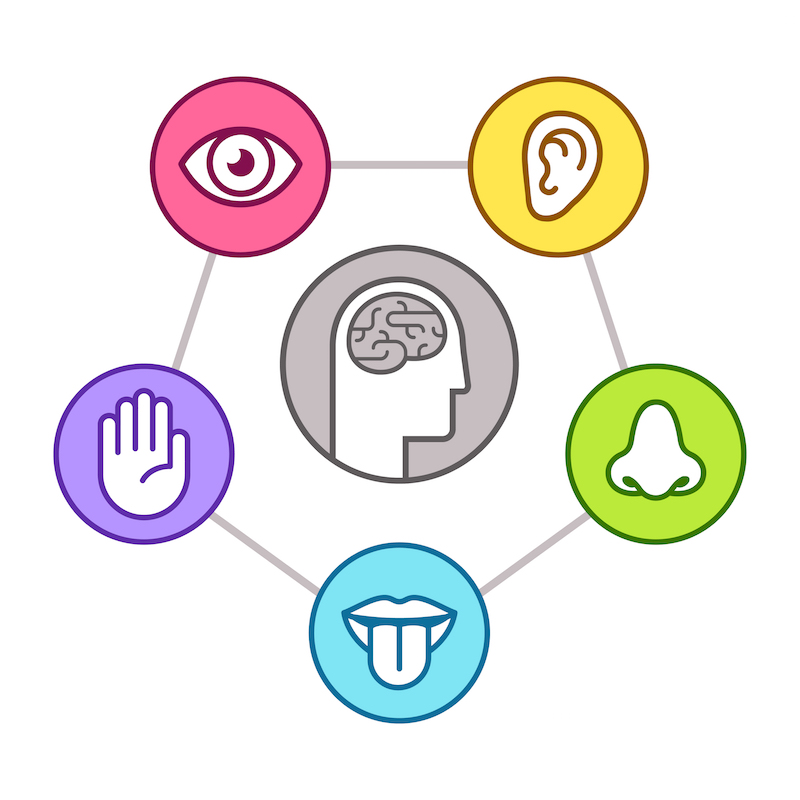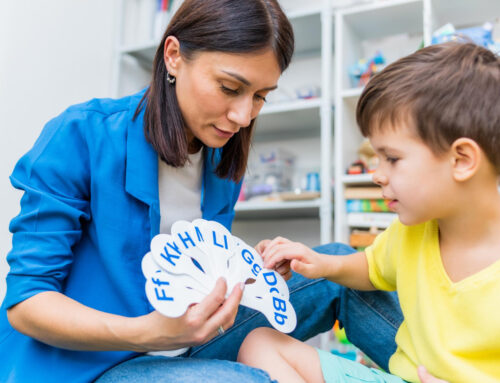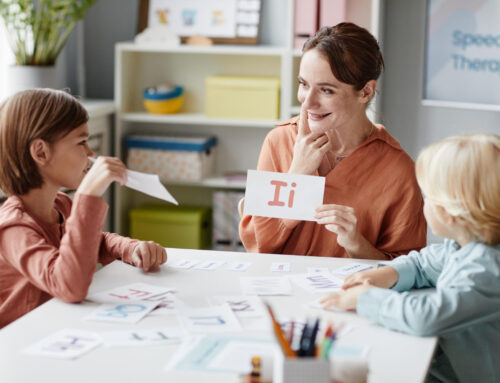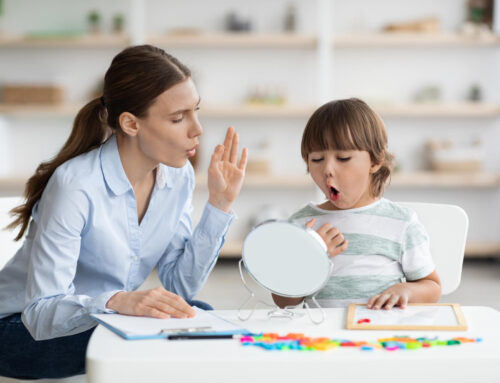
- Here’s the simplified version: sensory systems involve input from environmental influences. Sensory receptors pick up changes to the body, signal to the brain about those changes, and the brain allows the body to react a certain way. For example, the tactile (touch) sensory system would pick up information about a ball being thrown at someone’s face. The receptors in the skin pick up pain and touch from initial contact with the ball, signaling to the brain which then signals to the rest of the body to react, “Ouch!”.
In some situations, an individual with a sensory processing disorder of the tactile system might react differently or not react at all. Sensory processing disorder occurs when something in one or more sensory systems is thrown out of whack, leaving a person to over-react or under-react to certain environmental stimuli.
Much of the general public is already familiar with the list of human senses: touch, taste, smell, sight, and hearing. To the credit of many parents who have basic knowledge regarding sensory processing disorder, some adults also know about proprioception and vestibular input. The following information specifically defines the purpose and the effects of both the proprioceptive system and the vestibular system on general functions of a child. Additionally, the following information addresses an even more unfamiliar sensory system called the interoceptive system.
Proprioceptive System
Proprioception is really about knowing where your body is in space. Muscle spindles in skeletal muscle tissue, along with sensory receptors located in your joints and tendons, signal back and forth to the brain in order to identify position and motion of your body. A classic example of understanding proprioceptive input is closing your eyes while waving your hand, bringing you finger to your nose, or clapping your hands together. Without the aid of sight, you still know where your arms and hands are in space in order to perform these activities. https://helix.northwestern.edu/article/proprioception-your-sixth-sense.
Proprioception is a key ingredient in a child’s participation in daily activities, mostly because he/she is constantly on the move. Proprioceptive dysfunction can be made manifest in multiple ways, but can result in some of the following:
- Difficulty with coordinating planned movements (like navigating a playground)
- Challenges with postural alignment and stability
- Difficulty with grading strength and pressure (breaking crayons and pencils)
- Desire for constant movement to the point where he/she can’t focus on anything else
Vestibular System
The vestibular system is primarily responsible for providing the human body with a sense of balance. The vestibular apparatus is located within the inner ear and plays a role in spatial orientation, equilibrium, and motion. https://vestibular.org/understanding-vestibular-disorder/human-balance-system. Here is the anatomical breakdown. The utricle and the saccule of the vestibular system are responsible for detecting gravity or vertical orientation while the semi-circular canals detect rotational movement. Together with proprioception and vision, a healthy vestibular system provides balance. Vestibular dysfunction can result in some of the following: Trouble with reading Dizziness or vertigo Fear of moving or participating in tasks Head-banging
Interoceptive System:
Interoception is the sensation concerning the internal, physiological processes of the body. Interoceptors are located on internal organs and can pick up certain phenomena such as hunger, thirst, heart rate, respiration (breathing), and elimination (relieving urine or fecal matter). https://www.spdstar.org/basic/your-8-senses#f8. The interoceptive system is still being extensively investigated, but researchers assume that it interrelates with and impacts all other sensory systems on a level that we don’t quite understand yet.
- Have trouble knowing when he/she is hungry or thirsty
- Not knowing if he/she is hot or cold
- Challenges with self-regulation
- Not knowing if they are tired or energized
Sensory processing and dysfunction are very difficult to comprehend and to identify on your own as a parent or a guardian. Consult with a specialist, which can include a physical or occupational therapist who specializes in sensory integration and sensory processing disorder.





